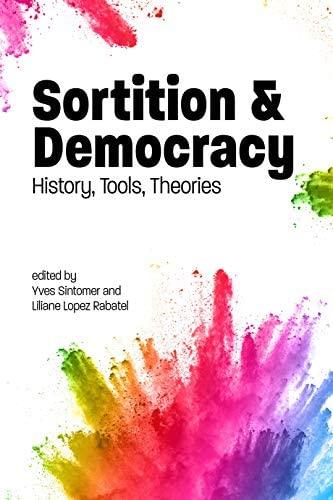
From kleroterion to cryptology: The act of sortition in the 21st century
Type
In the twenty-first century, sortition has become increasingly prevalent in both political discourse and practices. Random selection is used to designate jurors and to break ties between electoral candidates. Sortition has also become an integral part of the democratic demands made by academics, experimenters, and activists. But little attention has been paid to the concrete techniques and tools used in contemporary random selection procedures. Contributing to the “material history of democracy,” this chapter analyzes the “act of sortition” in the twentieth and twenty-first centuries by looking at the wide variety of practices and instruments used by a veritable tapestry of actors in differing contexts. From coin-flipping or drawing the short straw to retrieving ballots from an urn or using digital software and quantum physics, from kleroterion to modern cryptology, how does one draw lots today? And what significance do these practices embody? Our research shows that in the twenty-first century, manual tools for the act of sortition have persisted despite the rise of computing and digitization. Depending on the field, hybridization or transition phenomena can be observed regarding sortition tools and practices. However, the birth of computing has coincided with the rise of the representative sample and opinion polls. This poses a challenge: in a democracy, can sortition be conducted by experts using proprietary black box software in a non-transparent manner without jeopardizing the public’s trust?
